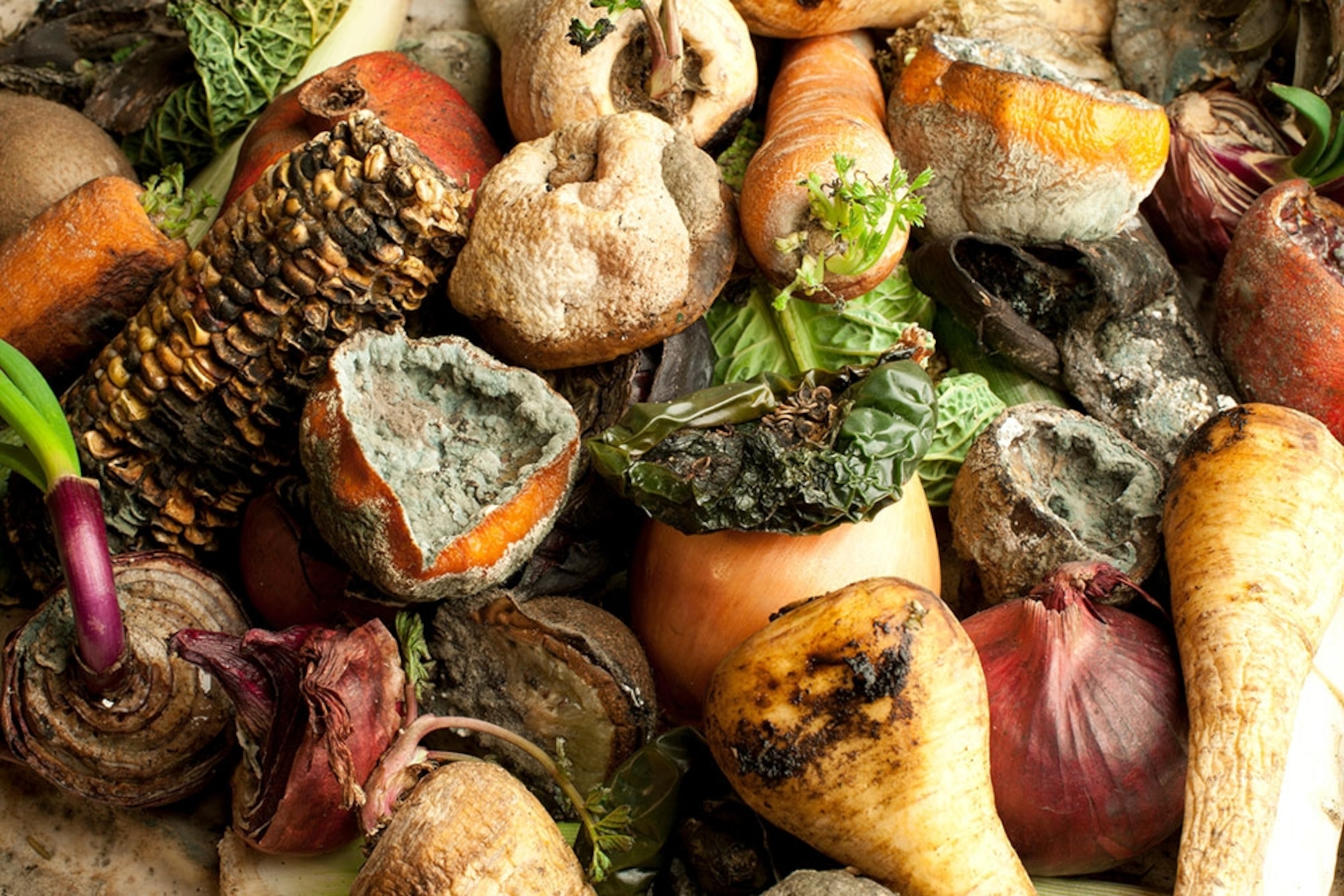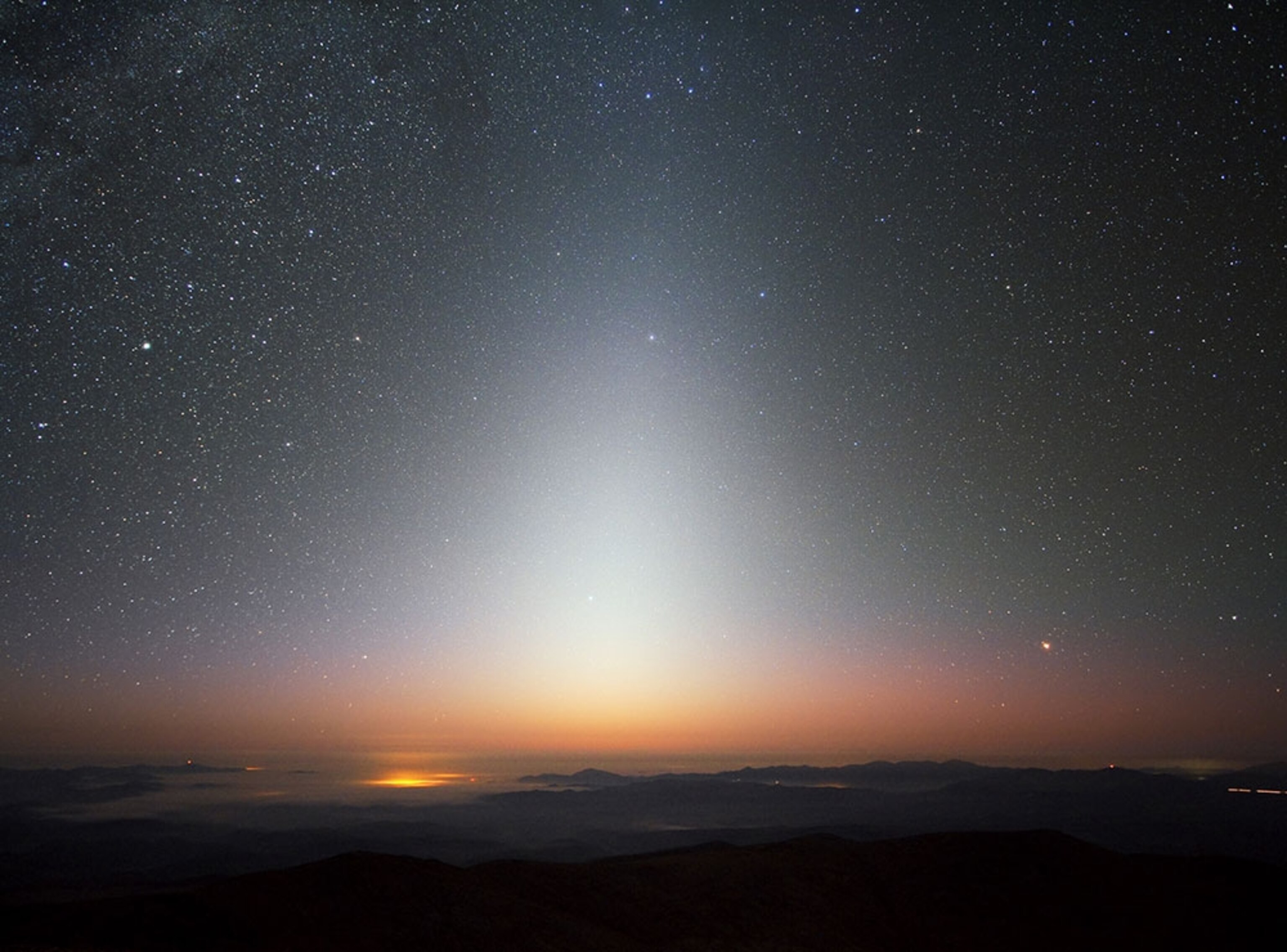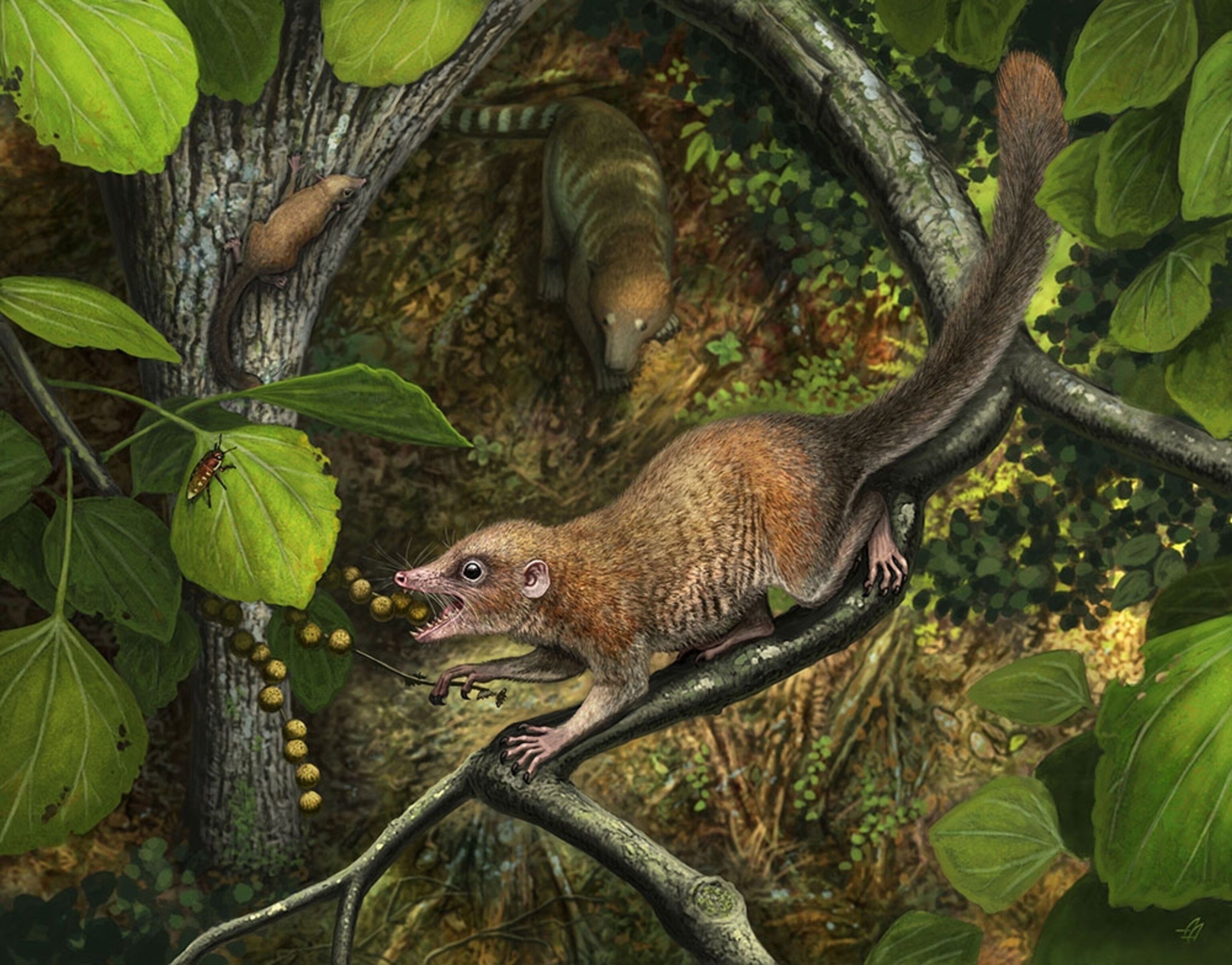
How to turn your disgust to your advantage
This article is an adaptation of our weekly Science newsletter that was originally sent out on March 31, 2021. Want this in your inbox? Sign up here.
By Victoria Jaggard, SCIENCE executive editor
I’ve been a picky eater since I was very young, much to my foodie mother’s chagrin. But what I realized as I got older is that my pickiness has a pattern: I can’t stand certain textures. Pork belly? No, thanks. Jell-O? Heck no. Fresh burrata? Hard pass. That goopy, almost mucus-like consistency makes me gag every time, even if I would otherwise enjoy the flavor.
I’m honestly surprised more people don’t have this aversion, since our species seems to balk at slimy things in general. Just ask any kid who’s pulled an April Fools’ Day prank on a friend by putting slime putty in their lunch box. As I learned this week, though, that sense of disgust I feel staring at a cup of yogurt is both an evolutionary boon and a microbiological misfire.
Perhaps unsurprisingly, humans evolved to feel disgust as a way to avoid getting sick. As Rebecca Renner reports for Nat Geo, people around the world get grossed out by rotted foods (pictured above) and bodily fluids. As Charles Darwin posited way back in the 1860s, this innate response protects us from microscopic germs and parasites—including the ones spread by other people. In a January study, “researchers reported that people more innately prone to disgust have indeed fared better during the COVID-19 pandemic, probably because they are inclined to engage in more hygienic actions like hand-washing,” Renner tells us.
But not all icky things are made equal. A lot of fermented foods (and that dreaded yogurt cup) contain helpful microbes that can boost your health. Clearly, disgust “can be a double-edged sword because it also is associated with aversion to unfamiliar things, like food, some of which could actually improve our health and immune functioning,” says University of Michigan psychology professor Joshua Ackerman. And certain protein options, such as crickets, may seem distasteful in some cultures but can actually carry environmental benefits. That means overcoming squeamishness can be a good thing in select cases, like becoming a more adventurous eater.
Kombucha is gross, though, and it’ll take a lot of work to convince me otherwise.
Do you get this daily? If not, sign up here or forward to a friend.
TODAY IN A MINUTE
COVID vaccines for kids: Pfizer-BioNTech announced its vaccine is highly effective in adolescents, with no infections recorded in children aged 12 to 15 who received shots—and no serious side effects, the New York Times reports. Here's our latest on the vaccination effort.
An astronaut’s shrunken heart: In space, your heart doesn't have to pump as hard. After a year in space, an astronaut's heart shrank about a quarter. But NASA's Scott Kelly was still in pretty good shape, the New York Times reports.
‘We’re ready to rock and roll’: That’s how U.S. Climate Advisor Gina McCarthy described a push to broaden the nation’s fledgling offshore wind energy industry by opening new areas to development, accelerating permits, and boosting public financing. Among the moves announced Monday: A wind energy development zone in waters off New York and New Jersey, Reuters reports.
Wormnado: First came heavy rains. Then hundreds of worms gathered in a New Jersey driveway, forming a kind of spiral, Live Science reported. There was no conclusive answer given, but the site noted that in 2010, researchers found that earthworms in the species Eisenia fetida would form clusters and "influence each other to select a common direction during their migration," and they did so using touch rather than chemical signals.
Tiny particles, part I: The telescope is trying to detect cosmic particles so tiny that many trillions pass through each of us every second. It is doing so from as far as 4,000 feet below the surface of Lake Baikal in Siberia. Why is the telescope, built to explore black holes, distant galaxies, and the remnants of exploded stars, being used to find neutrinos? The messages from those particles, the New York Times reports, may help us chart the universe, and its history, in ways we cannot yet fully fathom.
INSTAGRAM PHOTO OF THE DAY
Tiny particles, part II: This humongous detector, as heavy as the Eiffel Tower, is critical to our study of the tiniest known particles. The 7,000-ton ATLAS detector, which sits 300 feet underground, makes up one of the major particle physics experiments within the Large Hadron Collider at the CERN lab in Switzerland. It studies the Higgs boson, the so-called God particle, as well as extra dimensions and particles that could make up dark matter.
Decaying particles: CERN lab captures a breakdown of the Higgs boson
THE NIGHT SKIES

The Ghostly Zodiacal Light: Tonight and for the next two weeks, keen-eyed skywatchers across northern latitudes get a chance to witness the ghostly glow of the zodiacal lights for about one to two hours after dusk in the western sky. This pyramid-shaped beam of light (pictured above from Chile in 2009) is easily mistaken for the lights of a far-off city. For many centuries, observers have been fooled into thinking the zodiacal light is either the last vestige of evening twilight or the first hints of morning twilight, depending on the time of year it appears. It was believed to have been caused by sunlight hitting the very top of Earth’s atmosphere. But it turns out this light is much more ethereal, resulting from sunlight reflecting off the countless dust particles floating in space. All these dust particles are leftovers from the birth of the planets about 4.5 billion years ago. The best chances to catch this light phenomenon will come in the dark countryside. Helping to track it down, Mars should be shining above its apex. — Andrew Fazekas
THE BIG TAKEAWAY
How fair is the vaccine distribution? And is the one-shot Johnson & Johnson vaccine a second-rate choice that is being disproportionately peddled to people of color? The quick answers are: a) Could be better; and b) Any of the three vaccines you can get in your arm today is the best vaccine, Jillian Kramer writes for Nat Geo. In fact, the J&J vaccine may be best for hard-to-reach communities in cities and rural areas, both for the one-dose vaccination and its ability to be transported at higher temperatures. (Pictured above, hundreds of people line up to get COVID-19 vaccine shots at Dodger Stadium in Los Angeles last month.)
IN A FEW WORDS
Children of immigrants are anthropologists of our own families. We’re participant-observers of cultures we live in, but that will never quite belong to us.
Lauren Fox, Novelist, From: Send For Me
DID A FRIEND FORWARD THIS NEWSLETTER?
On Thursday, Rachael Bale covers the latest in animal news. If you’re not a subscriber, sign up here to also get Whitney Johnson on photography, Debra Adams Simmons on history, and George Stone on travel.
THE LAST GLIMPSE
Pint-size precursors: Did ancient primates, the forerunners of humans, walk among the dinosaurs? New evidence supports a theory that they did. A new study has found a tiny precursor to modern primates that lived 65.9 million years ago, Nat Geo’s Amy McKeever writes. “It reconfigures our view of evolution,” says biologist Gregory Wilson Mantilla, lead author of the study. The duty was dedicated to the late paleontologist (and Nat Geo Explorer) William Clemens, who dug up 50,000 specimens to support the study. (Above, a lifelike rendering of a newly described early primate species.)
This newsletter has been curated and edited by David Beard and Monica Williams, with photo selections by Jen Tse. Have an idea, a link, a point of view about kombucha? We'd love to hear from you at david.beard@natgeo.com. Thanks for reading, and have a good week ahead.


